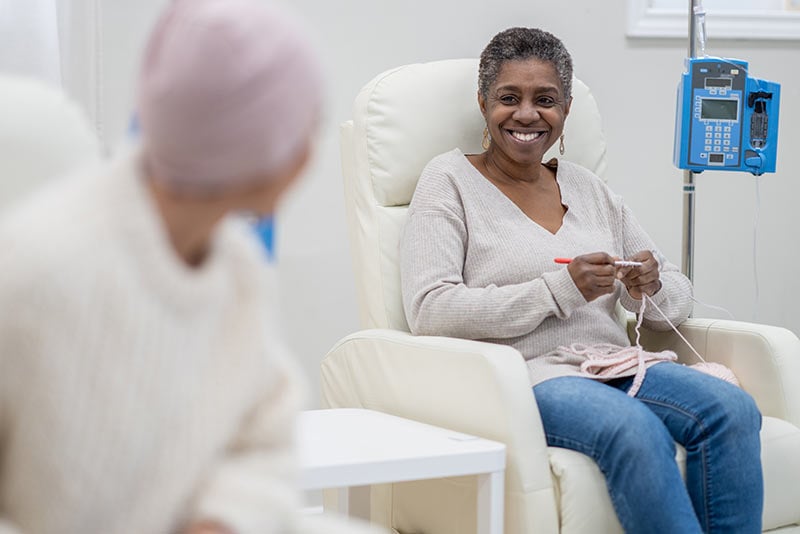What is Preventative Chemotherapy: Understanding Adjuvant Therapy

Kate Middleton sparked curiosity when she announced that she was receiving a course of preventive chemotherapy. The statement had many people asking, “What is preventative chemotherapy?” Using medical terminology, this treatment is more commonly referred to as adjuvant therapy.
What is adjuvant therapy?
Adjuvant therapy or chemotherapy is a crucial aspect of cancer treatment. Kate Middleton’s statement gives the impression that she is receiving a treatment intended to prevent cancer in otherwise healthy individuals, but adjuvant therapy is predominantly used along with surgery to eradicate any residual cancer cells and reduce the risk of cancer recurrence.
Dr. Monica Avila, an esteemed gynecologic oncologist at Moffitt Cancer Center, emphasizes that chemotherapy is fundamentally a form of treatment for established cancer diagnoses. The goal of adjuvant therapy is to complement surgical intervention by targeting microscopic cancer cells that might have been left behind after tumor removal.
It's essentially a preventive measure against cancer relapse, aiming to enhance the overall effectiveness of treatment. “Chemotherapy is preventive in the sense that when a patient is getting treated after surgery with chemotherapy, the hope is that surgery leaves behind only a few microscopic cells that chemotherapy can help clean up,” said Dr. Avila.
How is adjuvant therapy used (and when)?
Adjuvant therapy is commonly integrated into comprehensive treatment plans for various types of cancers. It can be administered following surgical procedures aimed at removing tumors or as a follow-up to other primary treatments such as radiation therapy. The decision to incorporate adjuvant therapy is based on several factors, including the type and stage of cancer, as well as individual patient characteristics.
Depending on the specific cancer type and its aggressiveness, adjuvant therapy may involve chemotherapy alone, radiation therapy alone, or a combination of both. The objective remains consistent: to minimize the risk of cancer recurrence and improve long-term outcomes for patients.
What are the potential side effects of adjuvant chemotherapy?
While adjuvant chemotherapy can be instrumental in preventing cancer recurrence, it's not without side effects. According to Dr. Avila, some of the most common side effects of chemotherapy include fatigue, nausea, and peripheral neuropathy characterized by tingling sensations in the hands and feet. Additionally, hair loss may occur as a result of certain chemotherapy regimens, although measures such as cold caps can help mitigate this effect.
It's crucial to note that advancements in supportive care have enabled better management of chemotherapy-related side effects, with medications available to alleviate symptoms and enhance patient comfort. However, some effects, such as neuropathy, may persist beyond the completion of treatment.
Preventative or adjuvant chemotherapy plays a pivotal role in cancer care. By targeting residual cancer cells post-surgery, it serves as a crucial safeguard against disease recurrence, ultimately improving the prognosis for cancer patients. Through ongoing research and advancements in supportive care, the efficacy and tolerability of adjuvant therapy continue to improve, offering renewed hope for individuals navigating the complexities of cancer treatment.

